The memory of bamboo
Inakidana, architectures specially designed to store bamboo that are used for drying the harvesting, stand out in the Japanese rural space because of their relevance in agriculture. These faceless witnesses collect the memories of the countryside, giving account of agricultural practices that have been transformed over the time, leaving in their path songs, stories, objects and traditions. Structures forced to culminate their life cycle, due to the use of new methods of drying, that today are diluted slowly by the erosion. An erosion that goes further and that metaphorically refers to the state of a population. Take no kioku arises from these structures and their wear to reflect about the changes experienced by a rural population marked by the tradition of rice cultivation and the landscape that surrounds them.
The project reveals how with the passing time of generations the population is absent and different traditions vanished as these structures that peek into the corners of Yoshitomi homes do. Traditions that have been hidden by the uncontrolled growth of the grass, silences provoked by the lack of transit in the water of the rice fields… absences along the rice valley.
︎︎︎Listen the sound piece
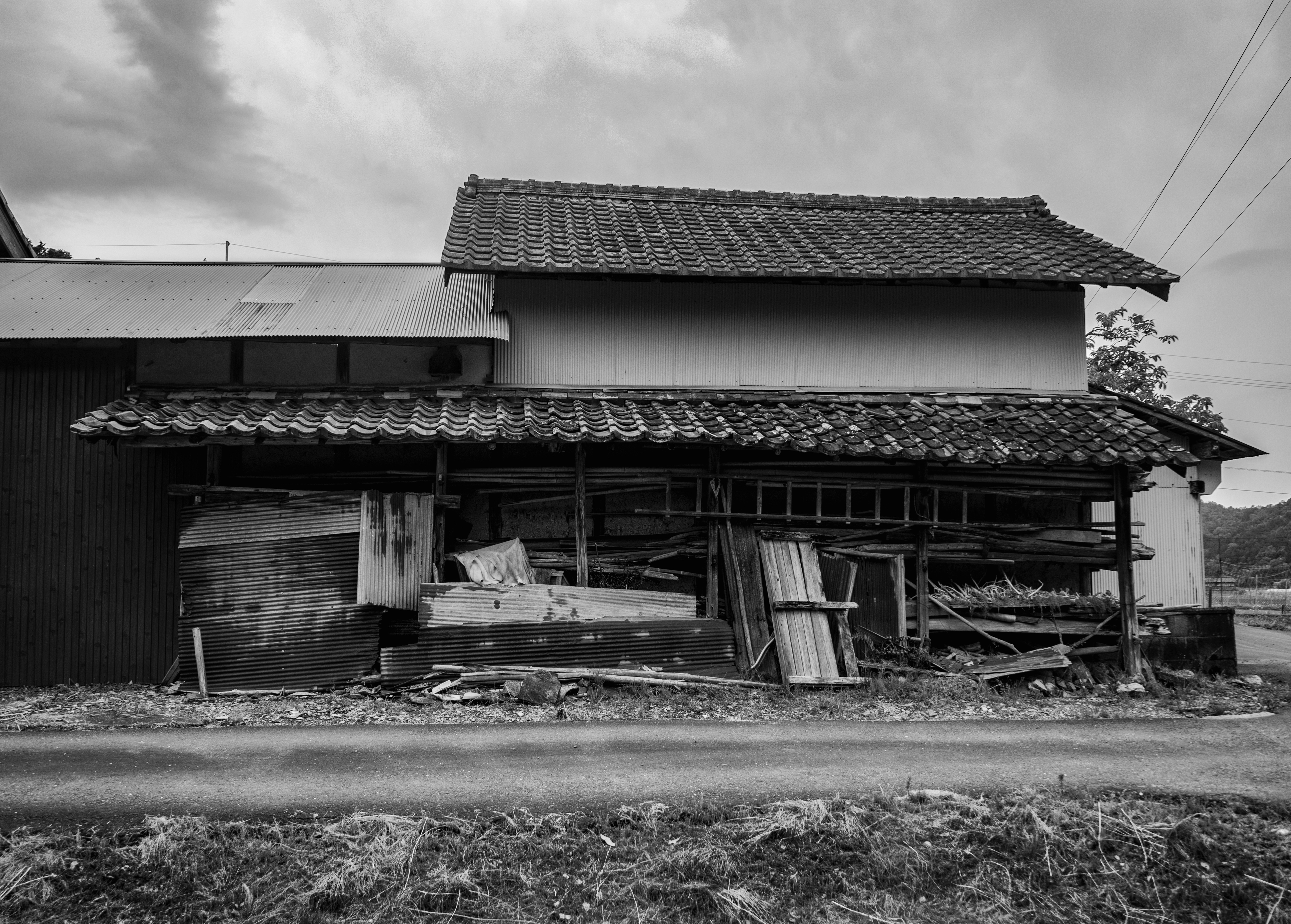
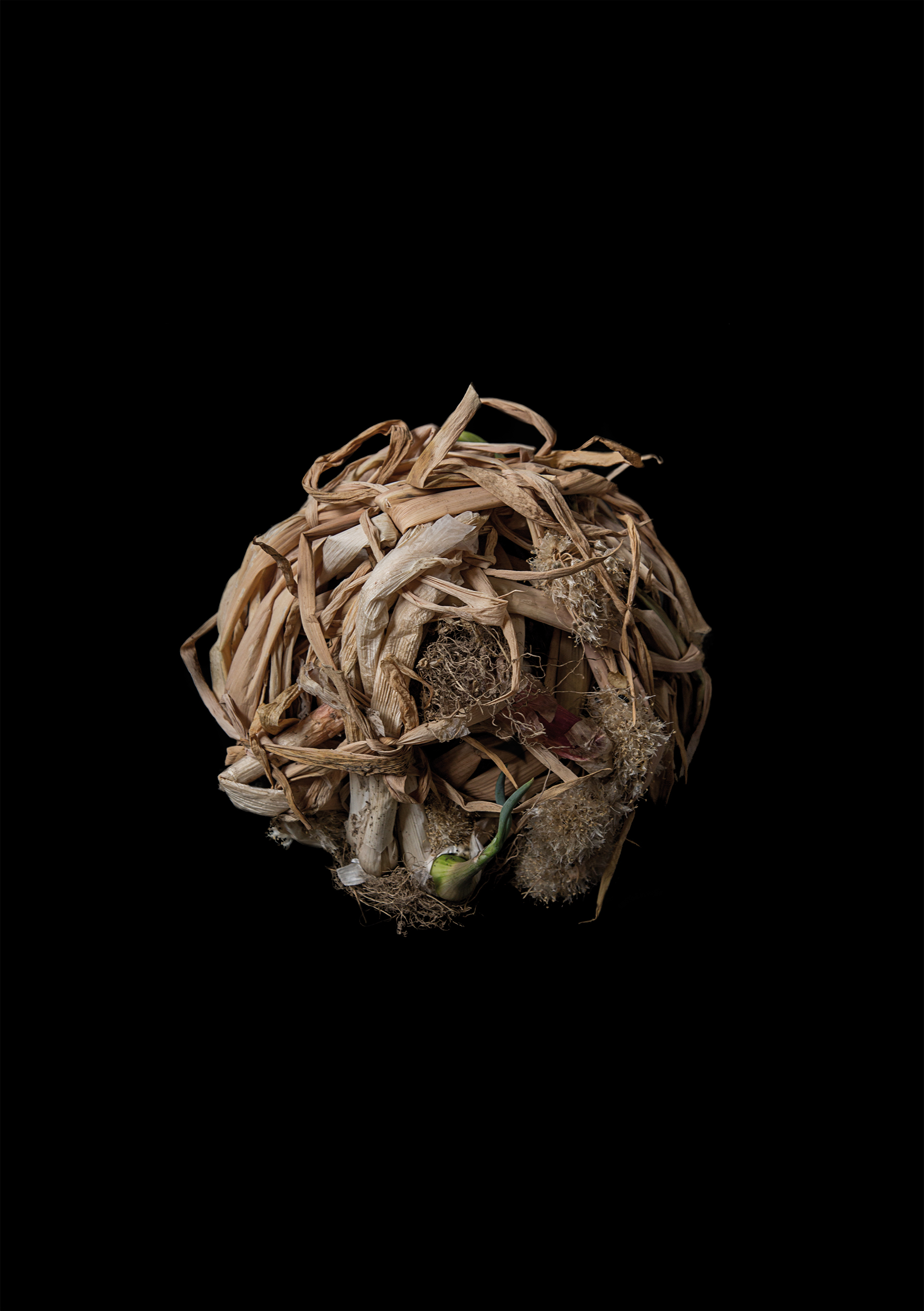





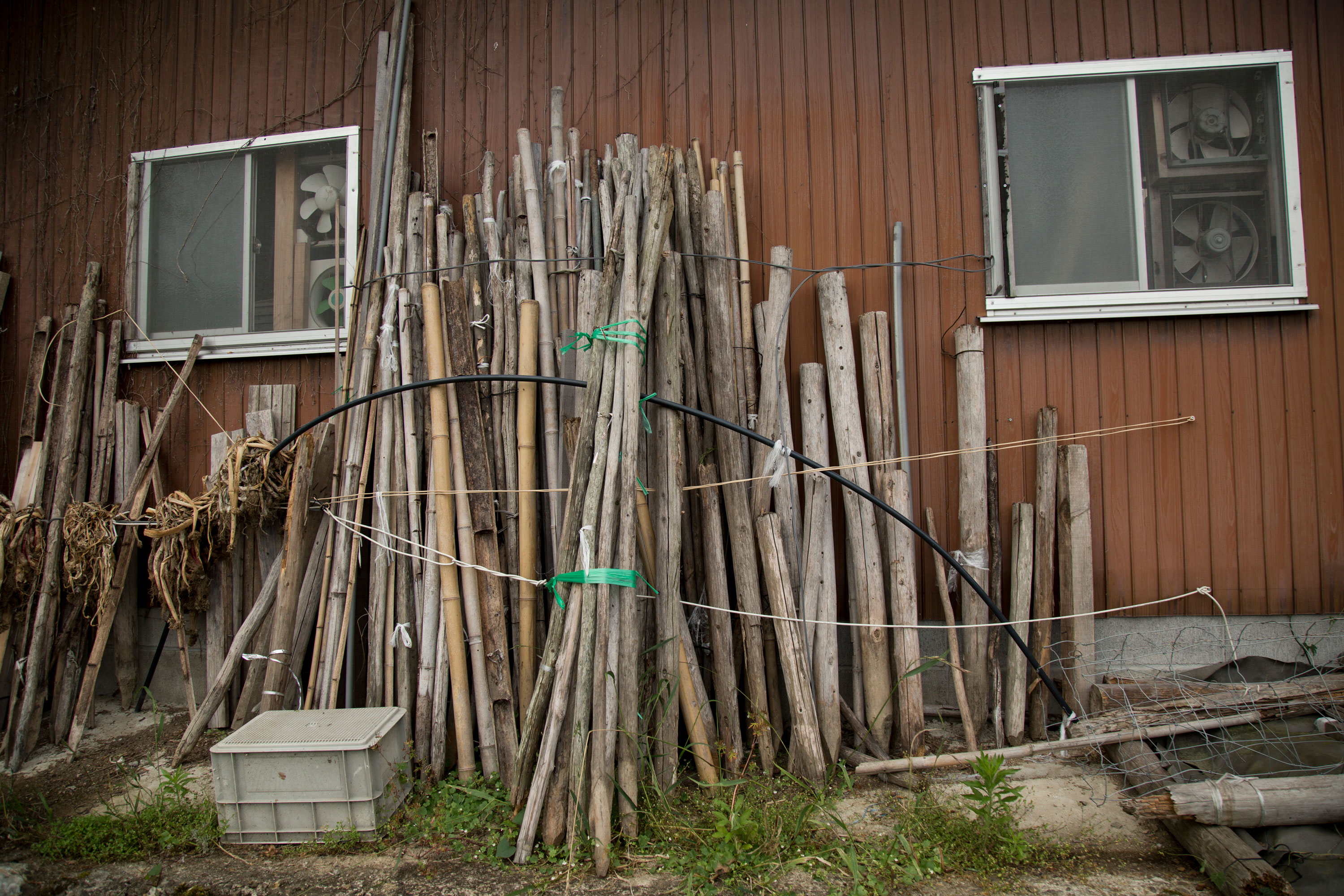

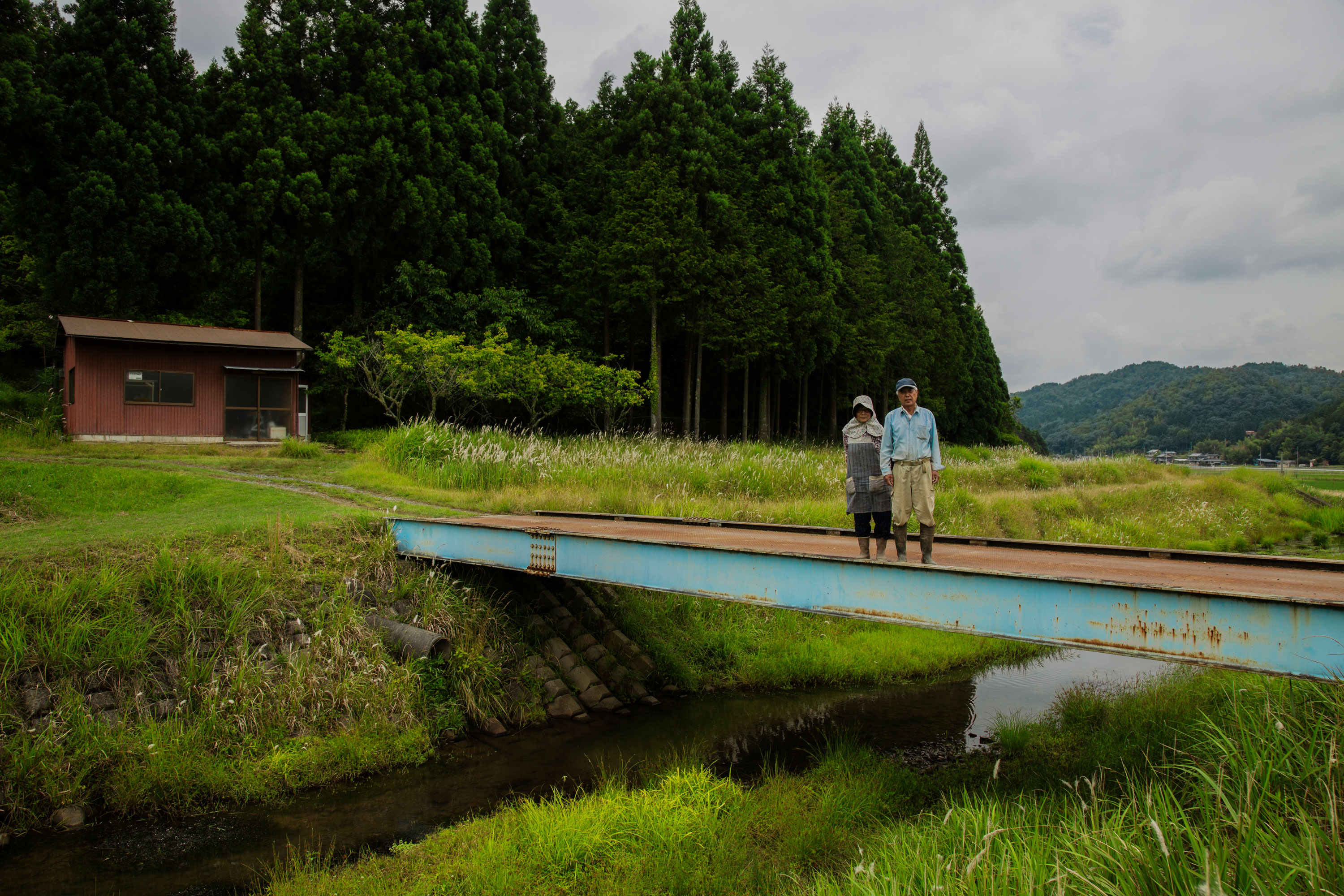


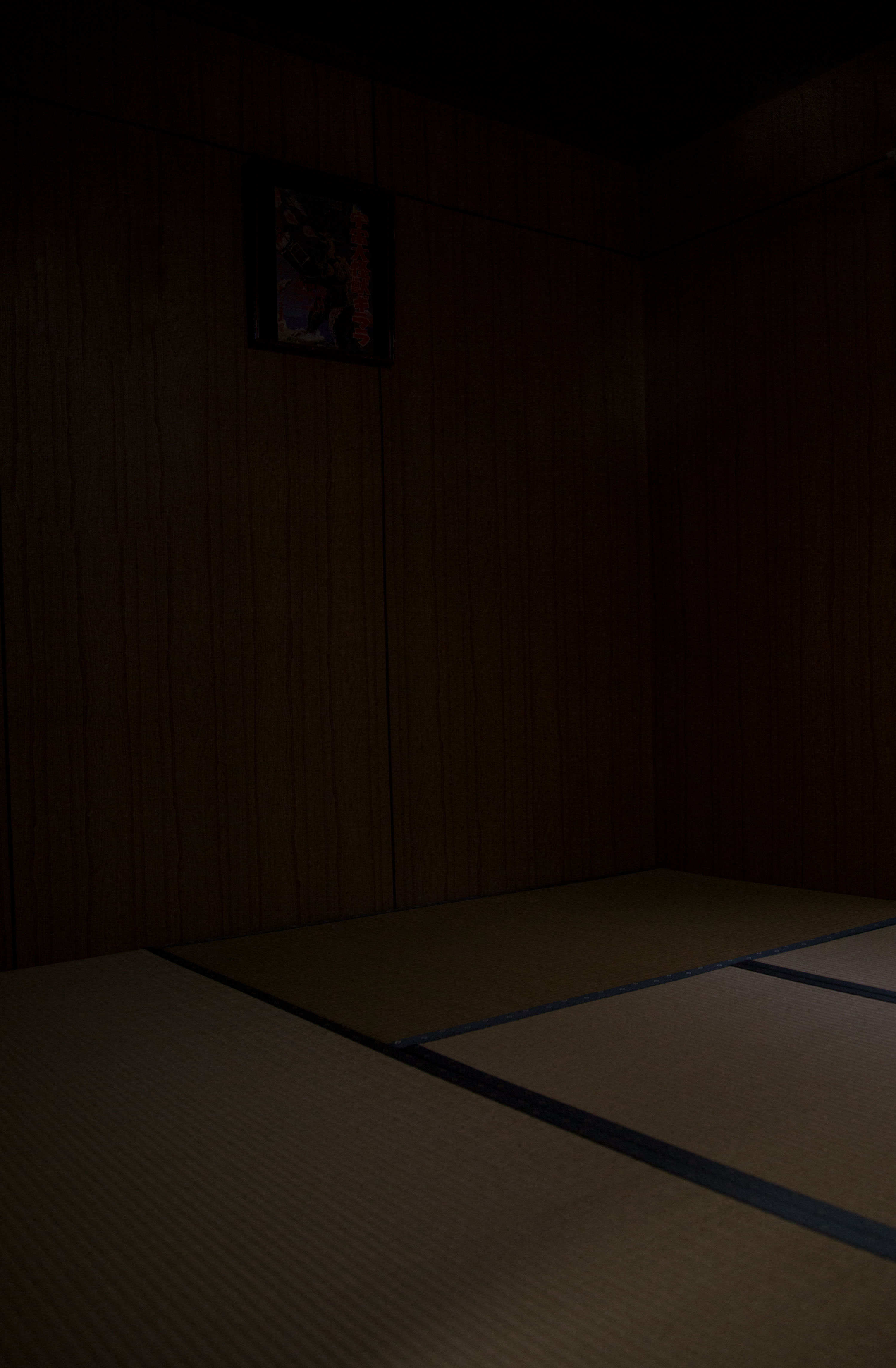
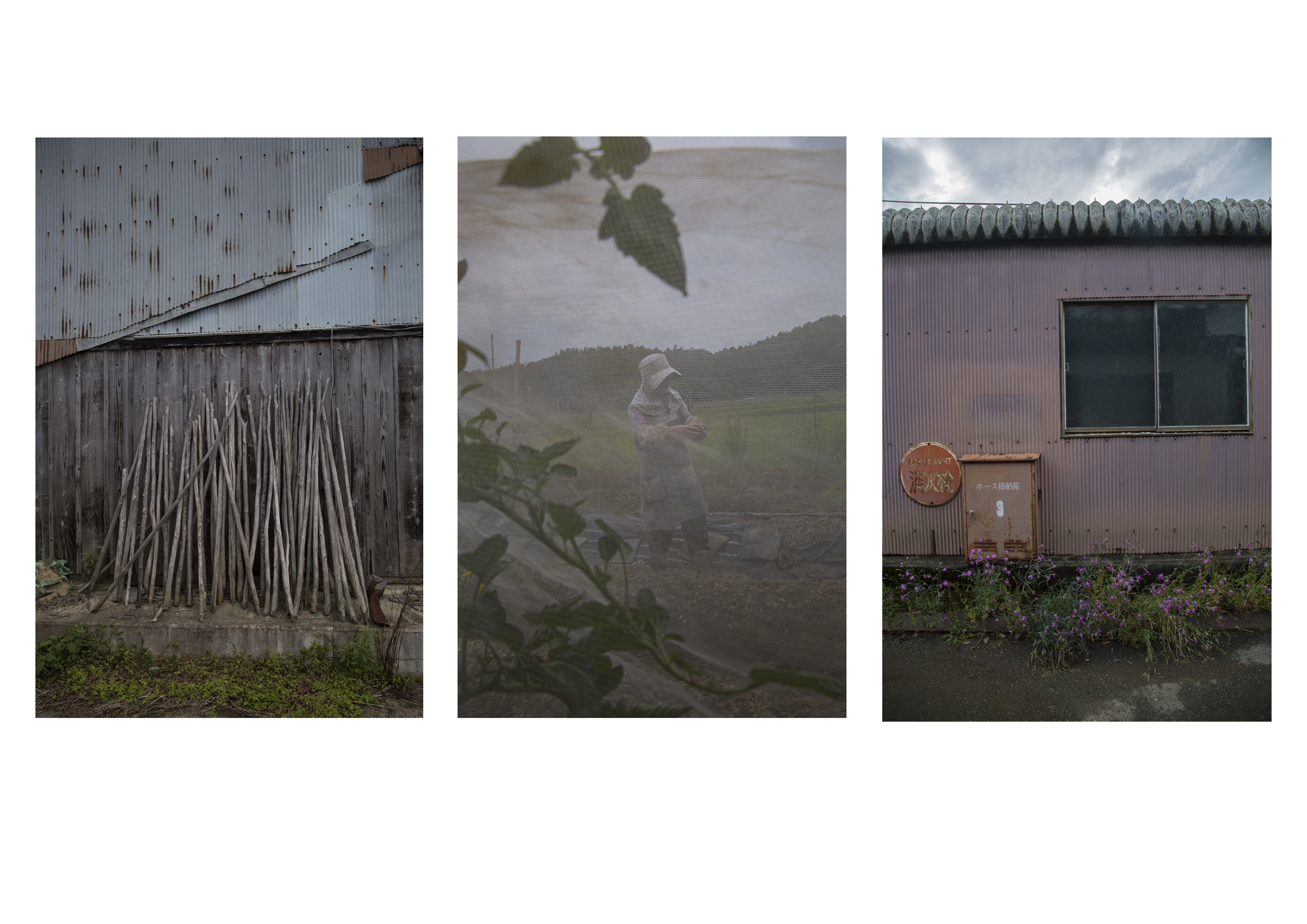

Take no Kioku. Anewal Gallery. Kyoto, Japan. 2017.